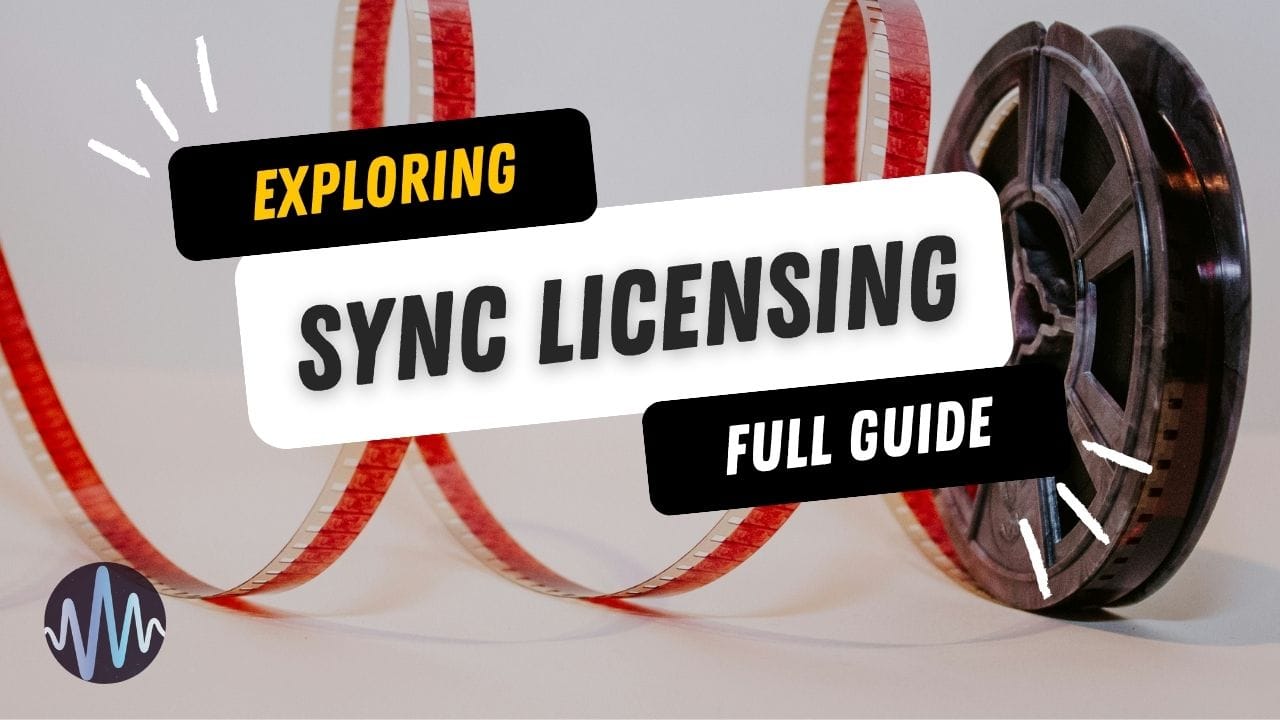
For an artist, music licensing can be both lucrative and creatively rewarding; a rare combination in this industry! Even rarer is the fact that the right sync opportunity can turn into long-term passive income.
Music licensing has been a hot topic among musicians for years, basically since every other form of income, from album sales to the post-pandemic touring industry, has become extremely volatile.
What’s great about music licensing is that it can offer musicians everything they need: visibility, a new audience, some sort of creative freedom, and money.
If the music sync is so appealing, why is it that so many artists don’t either know about it or have no idea how to break into the business?
The answer is simple: music licensing is a very complex ecosystem that requires a deep understanding of copyrights, who owns what, and which platforms you should use.
There's also a matter of making your music "sync-ready," offering something supervisors might be interested in, tagging it properly, and sharing it in a way that makes selection easy for those in charge.
I know it’s a lot to take in, but in this post we'll break down the essentials of music licensing and how to make your music “syncable.”
What is Music Licensing?
Music licensing is the process that allows music to be used in different media, whether it’s a movie, TV show, video game, commercials, or any kind of online content.
So, when music is “synced” to visuals, it’s called synchronization licensing, or simply sync.
Before you start pitching your music to Universal Pictures, there are a couple of things you need to know about music copyright. There are mainly two types of rights involved in music licensing:
Master rights: The right to use the recording itself, which is owned by the record label or the indie artist if they’re independent.
Publishing rights: The right to use the musical composition (lyrics and melody).
To license a track legally, the producer or music supervisor must clear both sets of rights. If you released a song independently, you’re the rightful owner of both master and publishing rights for that song, which makes things easier, at least from a bureaucratic point of view.
When a song is licensed, income is typically split between the master and publisher owners. This results in a sync fee, often divided 50/50 between the master and publishing sides.
If you own both, you receive the full amount. In addition to the sync fee, broadcast usage can generate performance royalties, which are collected by PROs (Performance Rights Organizations) such as ASCAP, BMI, or PRS.
Understanding the difference between these two types of rights is super important if you’re planning to make money through your music in any way. To find out more about how these rights can affect your career, watch the documentary Taylor Swift vs Scooter Braun: Bad Blood, which tells the story of how Swift fought for the rights to her first six albums, and why it matters for an artist to be the owner of their music.
What Makes a Song “Syncable”?
An aspect of music licensing that musicians find very hard to understand is that making great music doesn’t mean it’ll get synced more often.
Don’t get me wrong. The production quality should be as high as possible: the track should be professionally recorded, mixed, and mastered using the best equipment you can use. A low-quality track will never get picked for a large movie production, for obvious reasons!
However, the first thing to consider is the song’s general appeal. A prog metal song with obscure lyrics about Nordic folklore has fewer syncing opportunities than, say, a catchy EDM track about partying all night.
So, if you want your music to get picked, you need to offer songs that are easily relatable. Spend some time studying music libraries and listening to the music they offer: you’ll see plenty of classical, EDM, pop, and hip-hop music. Those are the genres you hear the most in commercials and movies, so it's no surprise that music catalogs prioritize these styles.
Does that mean that there's no room for jazz, ambient, or prog-rock? Absolutely not! Have you ever watched Baby Driver? But it'll be harder to get picked, because sync opportunities are fewer.
In my experience, what music supervisors are looking for in music is a clear mood and accessible lyrics. They want music that conveys a clear feeling, like happiness, tension, or nostalgia, to enhance the visuals, or create a powerful juxtaposition.
Finally, what music supervisors or music libraries don’t want to deal with is unlicensed samples or unclear production credits. Especially if a piece becomes successful, a copyright lawsuit can create endless legal issues and downright ruin your career. So make sure everything is cleared before you submit your music to libraries.
Sync Agency vs. Music Publisher vs. Music Libraries
By now, you might have noticed that entering the world of music licensing requires dealing with intermediaries. These people and companies can help you find syncing opportunities, as well as handle all the bureaucracy involved.
There are three main intermediaries: sync agencies or representatives, music publishers, and music libraries.
A sync agency is a company or person that helps artists get their music used in various media in exchange for a commission on any successful placements.
Sync agencies may or may not have exclusive rights to promote your music. They have direct connections with music supervisors and ad agencies, and usually don't claim ownership of your music rights unless specified otherwise.
Here’s what’s important: the main focus of a sync agency is on getting your music licensed for sync purposes rather than handling royalties or song registrations.
This is a great way for artists to “test the waters,” as they’ll partner with someone who knows how to pitch songs to music supervisors, but won’t receive a cut or a percentage of their music rights.
Now, let’s focus on music publishers, which are basically sync agencies that also handle composition rights and royalties.
Music publishers register your work with performing rights organizations and other rights societies, which handle payments on your behalf. They typically take a share of your earnings: this could be anywhere between 25% and 50%, depending on the publisher’s notoriety or the specific deal.
Compared to sync agents, music publishers are more like long-term business partners. Partnering with them is best for songwriters and composers looking for an organization that’ll help manage their opportunities and earn money from their music catalog.
Finally, music libraries are large collections of music available for licensing. There are thousands out there, from free platforms for content creators to more curated libraries for film and advertising.
When you upload your music to a music catalog, your tracks become part of a database that people can explore. Just like with sync agents, the catalog can have exclusive rights to your track.
Some catalogs pay upfront fees, sync fees, or backend royalties if your music is registered with a PRO. Plus, some libraries offer buyout deals, meaning that clients can pay a larger sum to use your track forever.
There are three kinds of music libraries:
Royalty-Free Libraries: Offer music for a one-time fee with minimal restrictions.
Rights-Managed Libraries: More high-end libraries that also handle royalties. Prices and contracts depend on how the music is used (TV, online, etc.).
Boutique Libraries: Curated catalogs with high production value, usually representing a smaller roster of artists.
Uploading some of your songs to a music library is a good way to see if your music is syncable and can potentially generate passive income. My recommendation is to choose wisely: get one that’s in line with your style, and see the options they offer when it comes to royalties and buyout options.
How to Get Started
Start by organizing your music catalog. Divide songs by genre and mood. Have all instrumental versions and stems. Check a hundred times that you have the right to use all the sounds in your track, and everyone involved is fully credited and on board.
Do some research and make a list of contacts in the film and gaming industries who might be interested in your music. Start by focusing on production companies, find one of their works that’s in line with your style, and find who worked as a music supervisor on it.
For movies and TV productions, you can find all the info on IMDB.
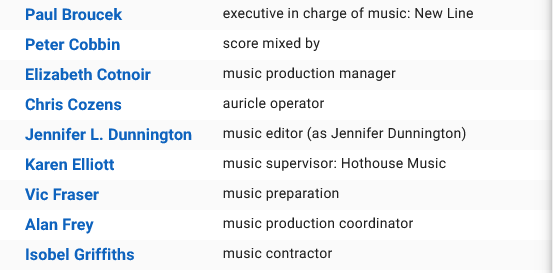
Next, create a profile on DISCO or any other licensing platform, adding a mix of your best and most diverse songs and curating every playlist to focus on specific moods and vibes.
Finally, reach out to the music supervisors on your list. Make sure you send them personalized emails tailored to their specific projects, showing you’re familiar with their work and that you know you can add value to their productions.
I suggested DISCO because it’s the website I use the most, but there are plenty of platforms to help independent musicians get their music licensed: Music Vine, Artlist, and Epidemic Sound offer royalty-free music for content creators, while Songtradr is more of an open marketplace, great for licensing and syncing music.
If you prefer more tailored options, check out Marmoset, Musicbed, and Audio Network. They mainly work with film, TV, and commercials.
Before you sign any contracts, take the time to understand what you’re agreeing to.
These are the contract terms you should pay attention to:
Term length: How long will the publisher or agency be able to use your music?
Exclusivity: Can you work with others?
Fee splits: What percentage do they take?
Usage rights: Where and how can your music be used?
If anything is unclear, talk to a lawyer before signing anything. Better safe than sorry, right?
On Using Samples
If you use samples from other recordings without the author’s permission, you won’t be able to legally license your song.
To avoid any kind of problems, make sure you always get licenses for both the original recording and the composition of any samples you use, and keep proof of that permission for the time being.
Or simply use samples from reliable sources, like Sample Focus! Our community-driven platform offers samples that are free to use commercially, and all sounds are meticulously tagged and cataloged, so that you can spend less time searching and clearing sounds and more time creating great tunes.
Give it a try today!

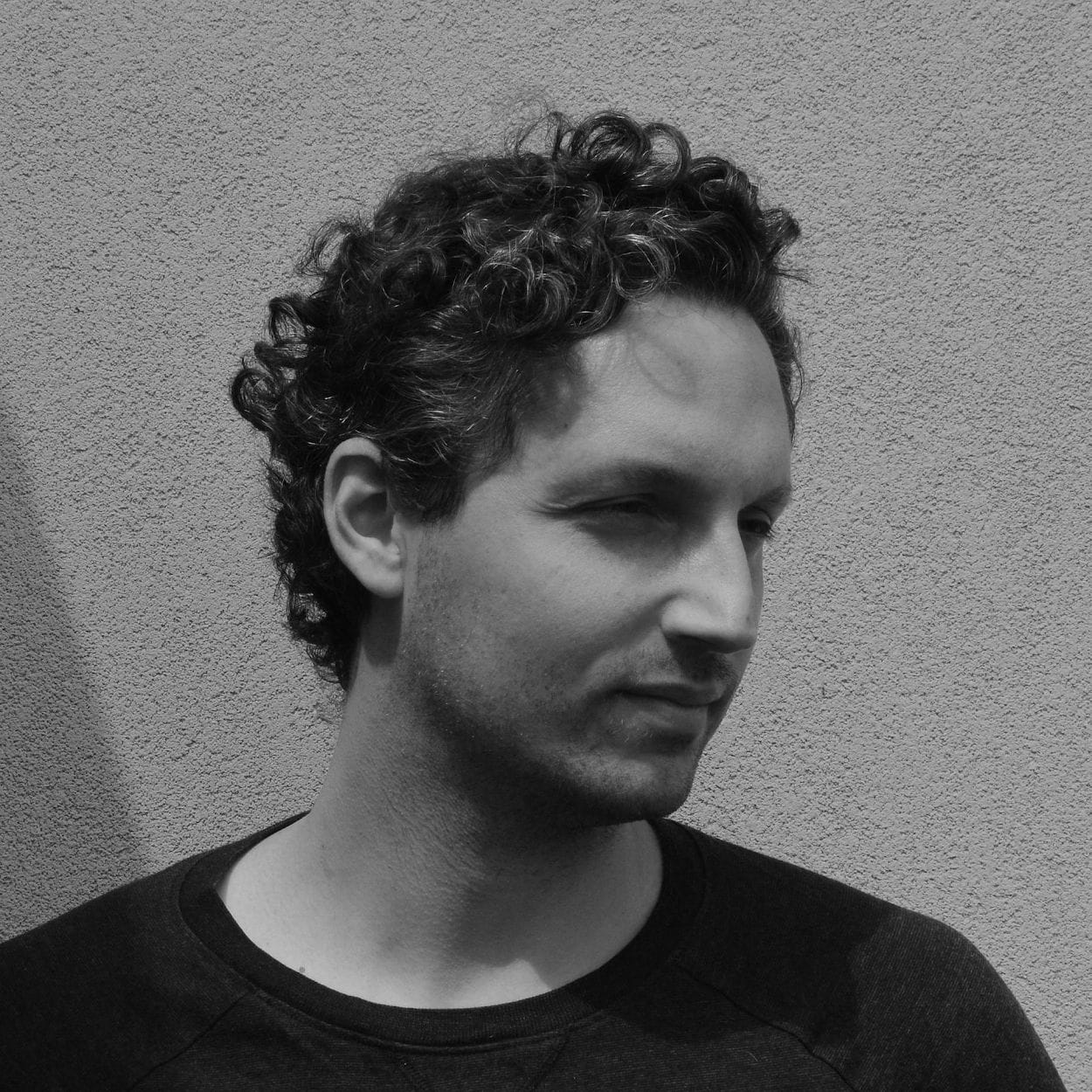
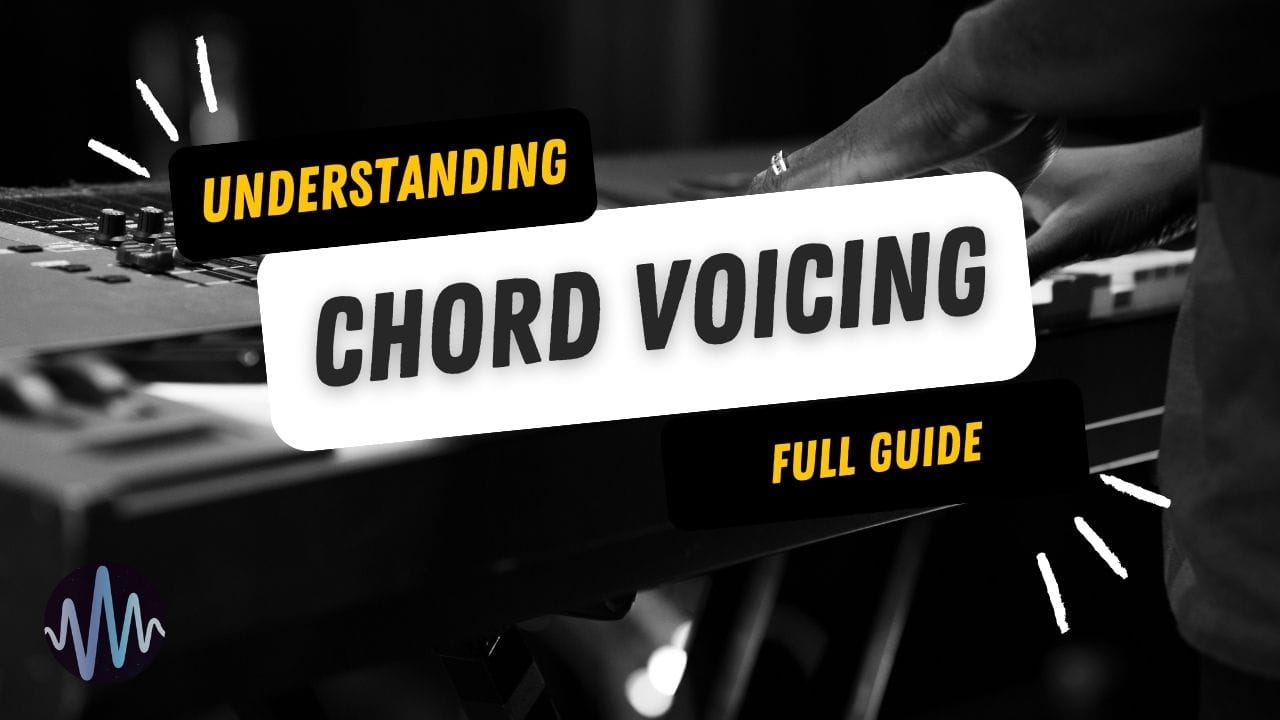
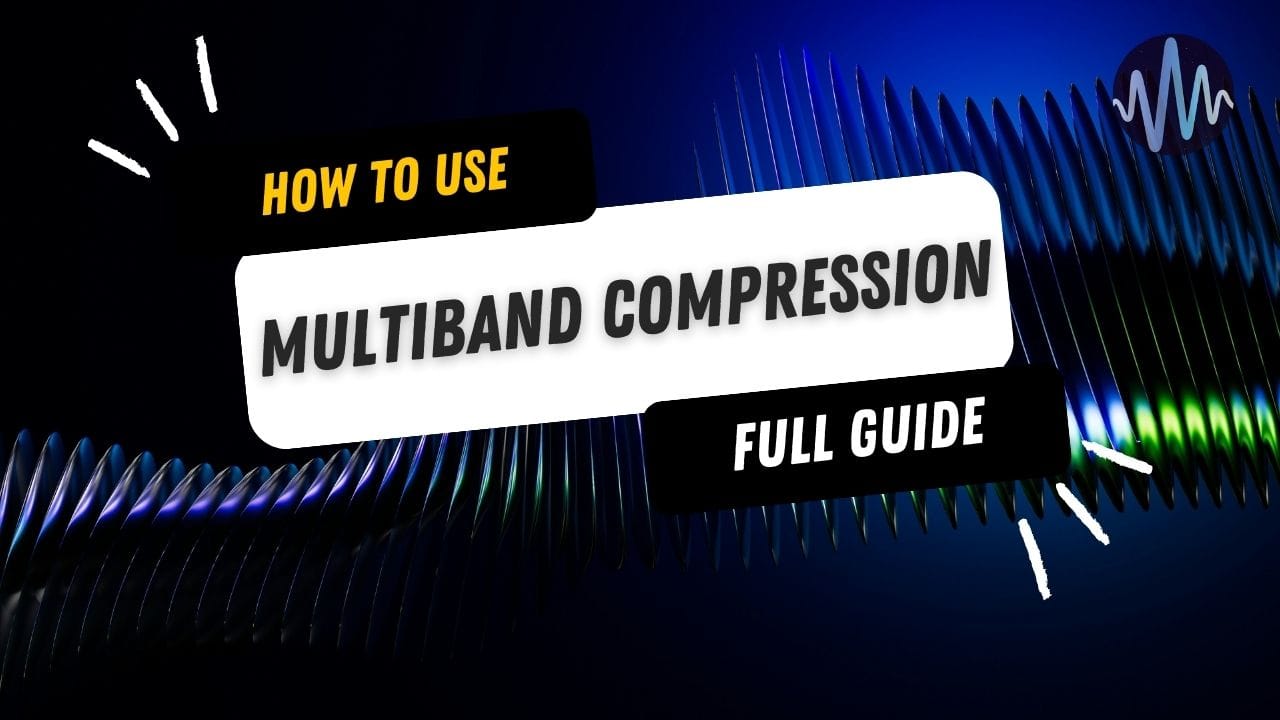
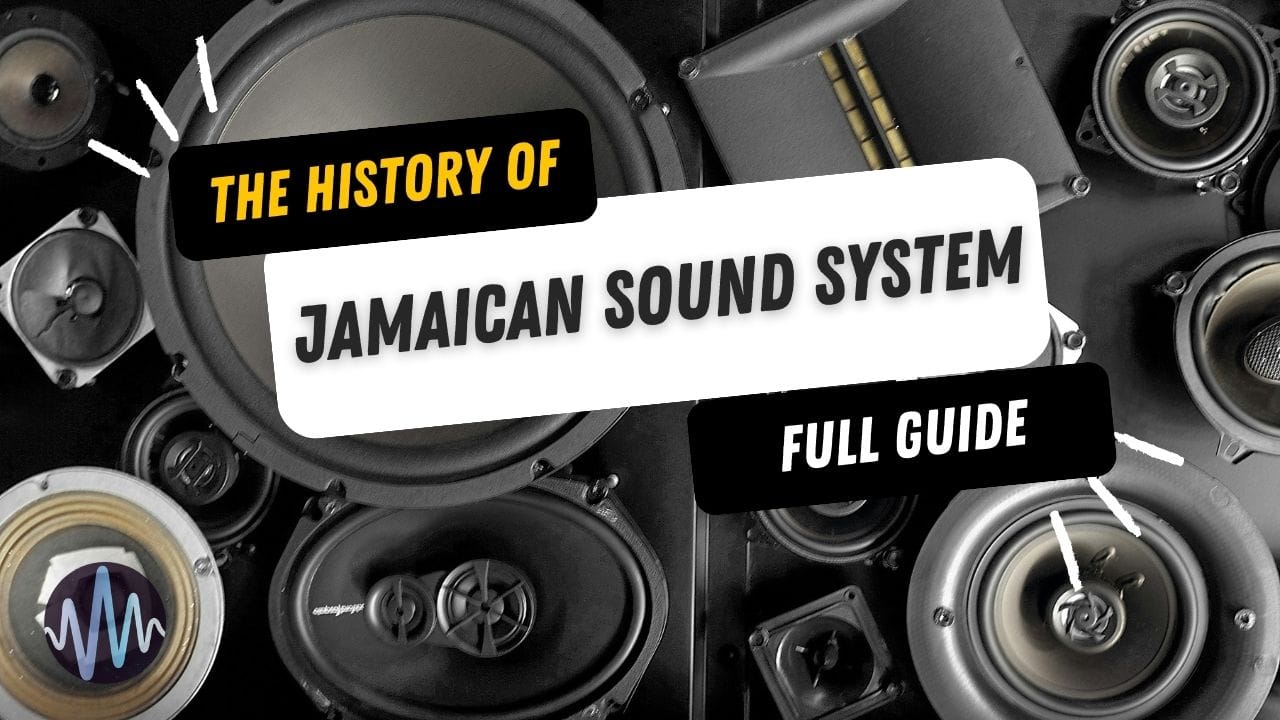

Comments